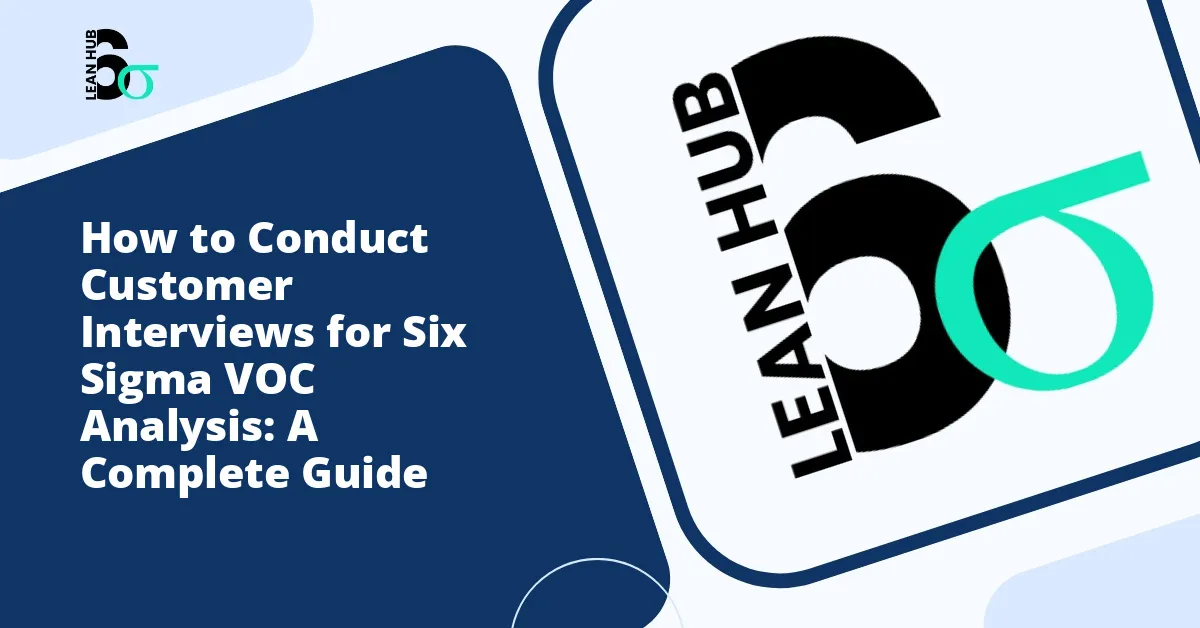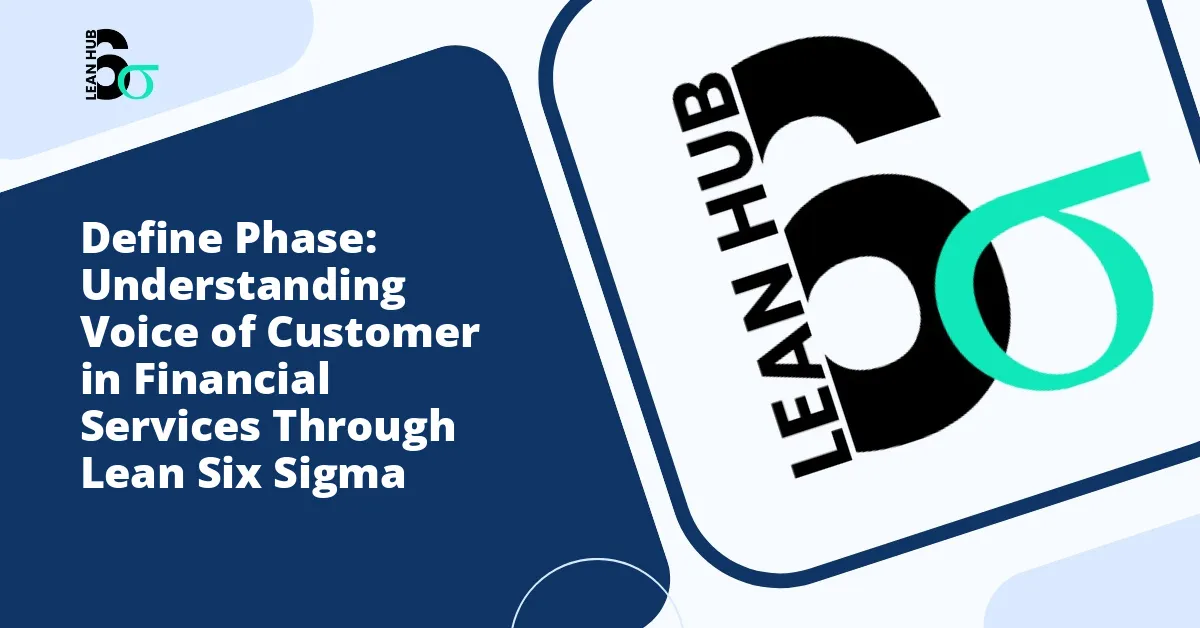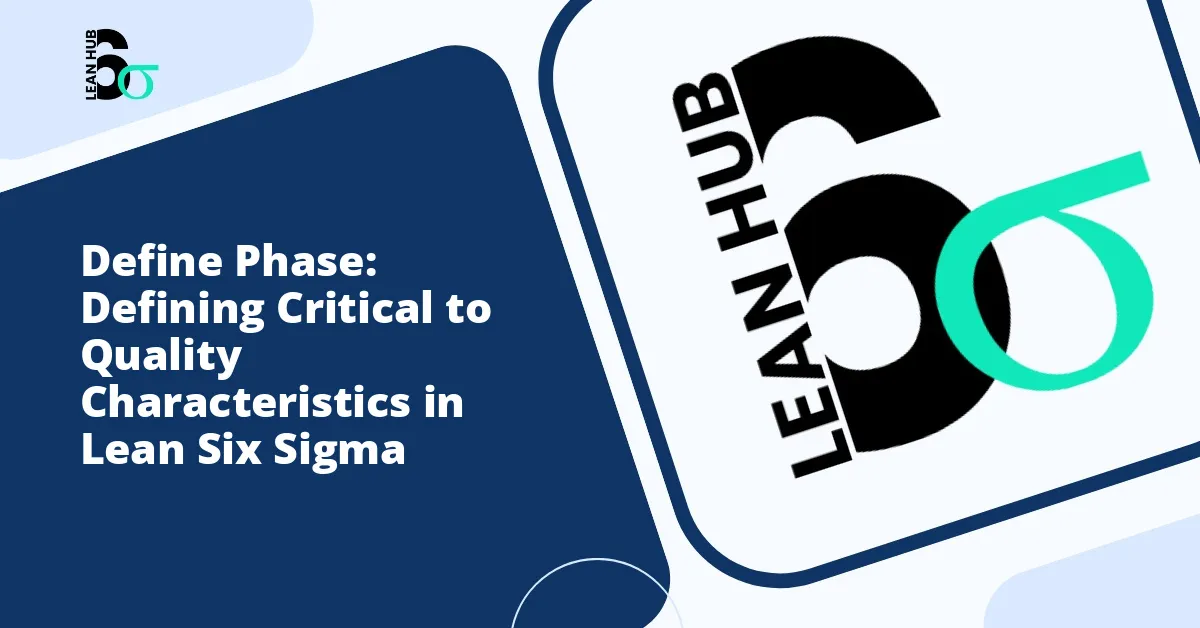Understanding what customers truly need and expect from your products or services forms the foundation of any successful business improvement initiative. In the world of Lean Six Sigma, this understanding comes through Voice of Customer (VOC) analysis, a systematic approach to capturing, analyzing, and responding to customer feedback. One of the most powerful tools in VOC analysis is the customer interview, which provides deep insights that surveys and data alone cannot capture.
Understanding VOC in the Context of Lean Six Sigma
Voice of Customer represents the expressed and unexpressed needs, requirements, and expectations of your customers. In Lean Six Sigma methodology, VOC serves as a critical input during the recognize phase and subsequent DMAIC (Define, Measure, Analyze, Improve, Control) stages. By conducting structured customer interviews, organizations can identify gaps between customer expectations and current performance, ultimately driving meaningful improvements. You might also enjoy reading about Define Phase vs. Traditional Project Kickoff: Why DMAIC Wins Every Time.
The recognize phase, which precedes formal project initiation, relies heavily on understanding customer pain points and opportunities for enhancement. Customer interviews during this phase help identify which problems are worth solving and which improvements will deliver the most value to both customers and the organization. You might also enjoy reading about Kano Model in Six Sigma: How to Prioritize Customer Requirements Effectively.
Preparing for Customer Interviews
Defining Your Interview Objectives
Before scheduling any interviews, clearly establish what information you need to gather. Are you seeking to understand customer satisfaction with existing products? Do you want to identify unmet needs? Are you exploring perceptions about quality, delivery, or service? Your objectives will shape your interview questions and determine which customers you should speak with. You might also enjoy reading about In-Scope vs. Out-of-Scope: The Art of Saying No in Six Sigma Projects.
Selecting the Right Participants
Not all customers provide the same value in interviews. Consider creating a diverse sample that includes:
- Long-term loyal customers who understand your business deeply
- Recent customers with fresh perspectives
- Customers who have complained or experienced problems
- High-value customers whose opinions carry significant business impact
- Lost customers who can explain why they left
- Customers across different demographic segments or use cases
Aim for 15 to 25 interviews to reach data saturation, the point where additional interviews yield diminishing new insights.
Developing Your Interview Guide
Create a semi-structured interview guide that balances consistency with flexibility. Your guide should include open-ended questions that encourage detailed responses rather than simple yes or no answers. Structure your questions to move from general to specific topics, allowing customers to share their experiences naturally before diving into particular areas of interest.
Conducting Effective Customer Interviews
Creating a Comfortable Environment
The quality of information you gather depends largely on how comfortable customers feel sharing honest feedback. Begin each interview by explaining the purpose, assuring confidentiality, and setting expectations for duration. Whether conducting interviews in person, by phone, or via video conference, minimize distractions and give customers your full attention.
Asking the Right Questions
Effective VOC interviews rely on questions that reveal deeper insights. Consider these question types:
- Experience questions: “Walk me through the last time you used our product. What were you trying to accomplish?”
- Problem identification questions: “What challenges or frustrations have you encountered?”
- Expectation questions: “What does ideal service look like in your mind?”
- Comparison questions: “How does this compare to alternatives you have tried?”
- Future needs questions: “What changes in your business might affect what you need from us?”
Employing Active Listening Techniques
The most valuable information often emerges between the lines of what customers explicitly state. Practice active listening by paying attention to emotional cues, tone of voice, and emphasis. Use probing follow-up questions like “Can you tell me more about that?” or “What made you feel that way?” to dig deeper into significant comments.
Avoid interrupting customers or rushing to fill silent pauses. Sometimes the most insightful comments come after a moment of reflection. Resist the urge to defend your organization or explain why things are the way they are. Your role is to understand, not to justify.
Documenting Interview Data
Accurate documentation ensures you can analyze interviews effectively later. With permission, record interviews for later review. Even when recording, take notes on key points, emotional reactions, and your own observations. Immediately after each interview, spend 10 to 15 minutes reviewing and expanding your notes while the conversation remains fresh in your memory.
Analyzing Interview Data for Six Sigma Projects
Organizing Customer Feedback
After completing your interviews, organize the data systematically. Transcribe recordings or compile detailed notes from all interviews. Look for patterns and themes across multiple customer conversations. Group similar comments together to identify which issues appear most frequently or carry the most emotional weight.
Translating VOC into Critical to Quality Characteristics
In Lean Six Sigma, VOC data must be translated into measurable Critical to Quality (CTQ) characteristics. Customers rarely speak in measurable terms, so this translation requires careful interpretation. For example, if customers repeatedly mention that “delivery takes too long,” the CTQ might be “order fulfillment cycle time” with a specific target based on customer expectations.
Create a VOC to CTQ translation table that connects customer statements to specific, measurable requirements. This table becomes a crucial tool during the define phase of DMAIC projects, ensuring that improvement efforts remain focused on what truly matters to customers.
Prioritizing Issues and Opportunities
Not all customer feedback carries equal weight for business decisions. Use a prioritization matrix that considers both the importance to customers and the frequency with which issues were mentioned. This analysis helps identify quick wins that address common frustrations and strategic initiatives that tackle high-impact problems.
Common Pitfalls to Avoid
Even well-intentioned interview efforts can fall short if you encounter these common mistakes:
- Leading questions: Avoid questions that suggest a desired answer or bias the response
- Talking too much: Interviewers should listen 80% of the time and speak only 20%
- Sampling bias: Speaking only with satisfied customers or only with complainers skews your understanding
- Failing to probe: Surface-level responses rarely provide actionable insights
- Ignoring emotional data: How customers feel often matters as much as what they say
Integrating Interview Findings into Six Sigma Projects
The ultimate value of customer interviews lies in how you use the insights gained. During the recognize phase, interview data helps justify project selection and secure leadership support. Clear evidence that customers experience specific problems makes a compelling case for dedicating resources to improvement efforts.
As projects progress through the define and measure phases, interview insights provide context for quantitative data. Numbers tell you what is happening, while customer interviews explain why it matters and how problems affect real people. This combination of qualitative and quantitative data creates a complete picture that guides effective solutions.
Conclusion
Customer interviews represent one of the most valuable yet underutilized tools in Lean Six Sigma VOC analysis. By systematically gathering, analyzing, and acting on customer feedback through structured interviews, organizations can ensure their improvement efforts address real needs rather than assumed problems. The time invested in conducting quality customer interviews during the recognize phase and throughout DMAIC projects pays dividends in customer satisfaction, loyalty, and ultimately business performance.
Remember that VOC analysis is not a one-time activity but an ongoing practice. Regular customer interviews keep your finger on the pulse of changing needs and expectations, enabling continuous improvement that maintains alignment with customer priorities. Start small, refine your approach based on experience, and build customer interviews into your standard Six Sigma toolkit for sustainable success.








